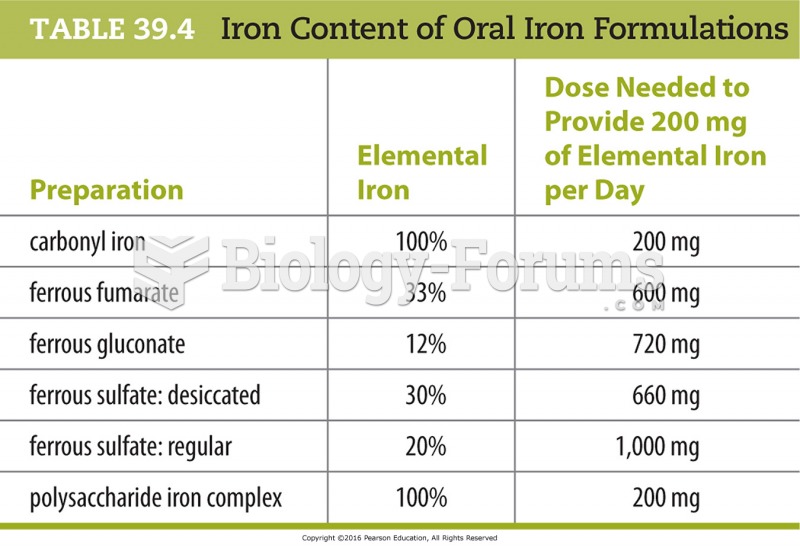Answer to Question 1
Correct Answer: 1
Rationale 1: In biphasic agents, the amount of estrogen in each pill remains constant, but the amount of progestin is increased toward the end of the menstrual cycle to better nourish the uterine lining.
Rationale 2: Progestin only does not describe a biphasic oral contraceptive.
Rationale 3: Constant amounts of estrogen and progestin describes a monophasic oral contraceptive.
Rationale 4: Both estrogen and progestin, varying in three distinct phases describes a triphasic oral contraceptive.
Global Rationale: In biphasic agents, the amount of estrogen in each pill remains constant, but the amount of progestin is increased toward the end of the menstrual cycle to better nourish the uterine lining. Progestin only does not describe a biphasic oral contraceptive. Constant amounts of estrogen and progestin describes a monophasic oral contraceptive. Both estrogen and progestin, varying in three distinct phases describes a triphasic oral contraceptive.
Answer to Question 2
Correct Answer: 1
Rationale 1: Each year, it is estimated that oral contraceptives prevent 9,900 hospitalizations for ectopic pregnancy.
Rationale 2: Treatment for blood clots is incorrect because they are not used as treatment or prevention of blood clots or stroke.
Rationale 3: Prevention of stroke is incorrect because they are not used as treatment or prevention of blood clots or stroke.
Rationale 4: Treatment for pelvic inflammatory disease is incorrect because oral contraceptives are not treatment for PID.
Global Rationale: Each year, it is estimated that oral contraceptives prevent 9,900 hospitalizations for ectopic pregnancy. Treatment for blood clots is incorrect because they are not used as treatment or prevention of blood clots or stroke. Prevention of stroke is incorrect because they are not used as treatment or prevention of blood clots or stroke. Treatment for pelvic inflammatory disease is incorrect because oral contraceptives are not treatment for PID.







